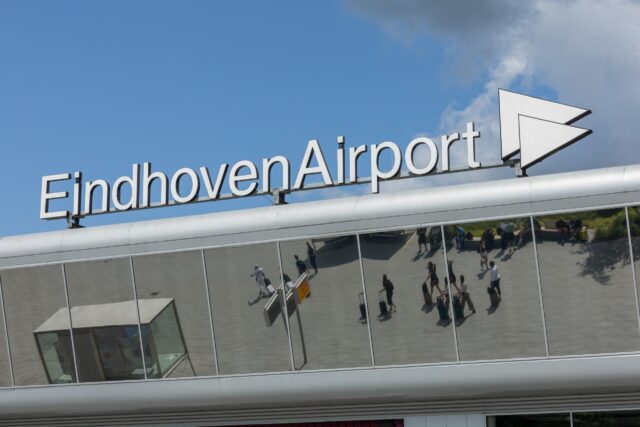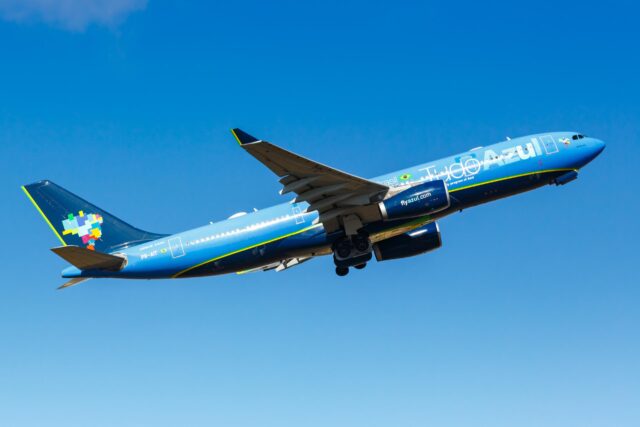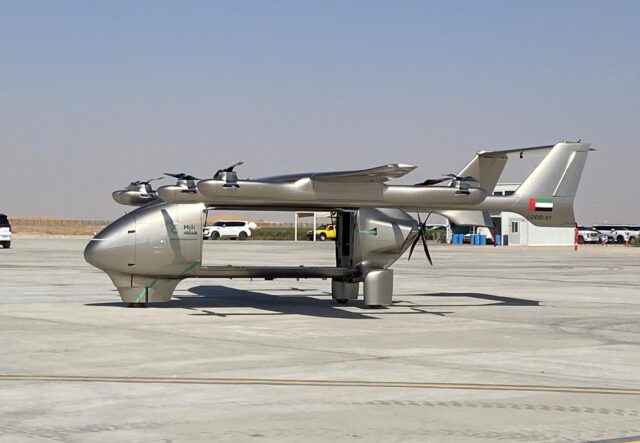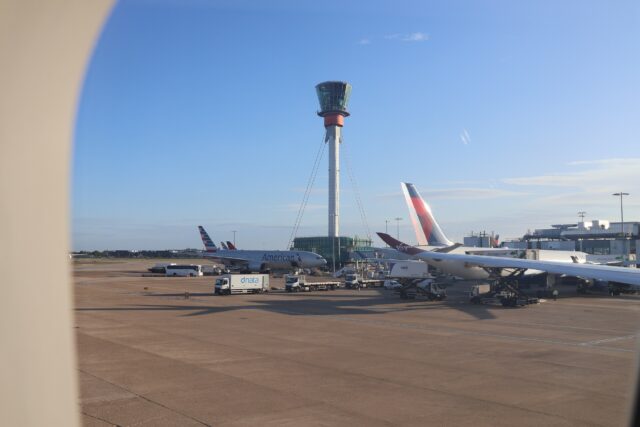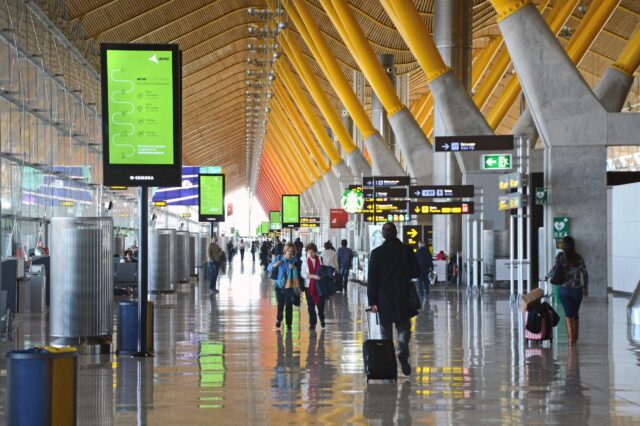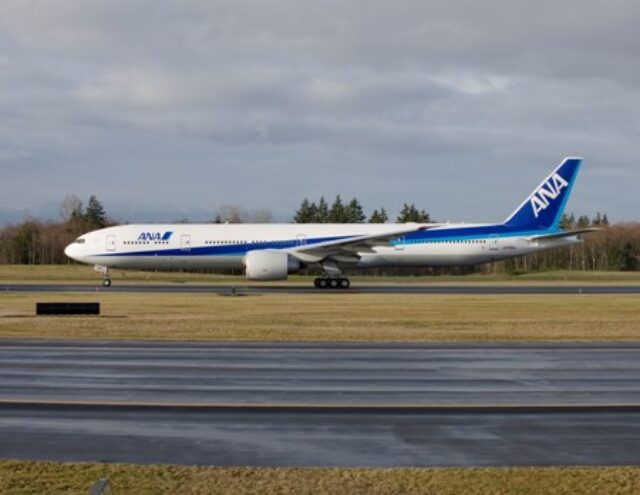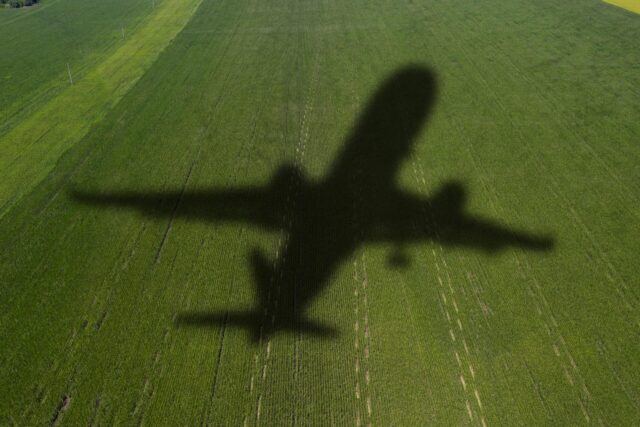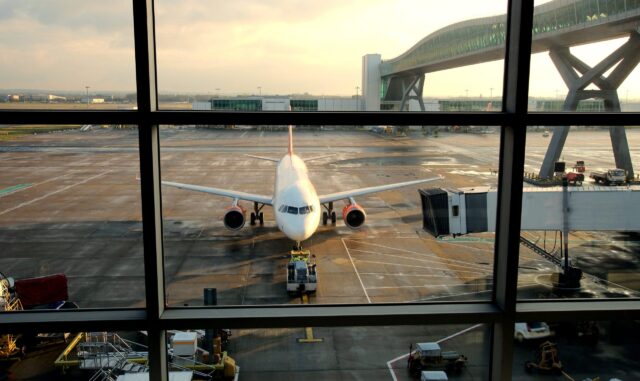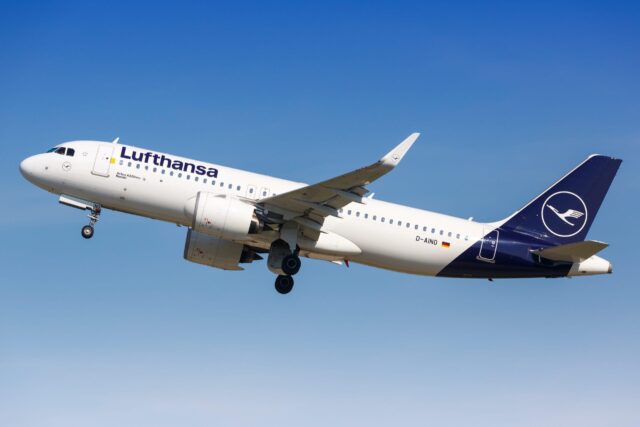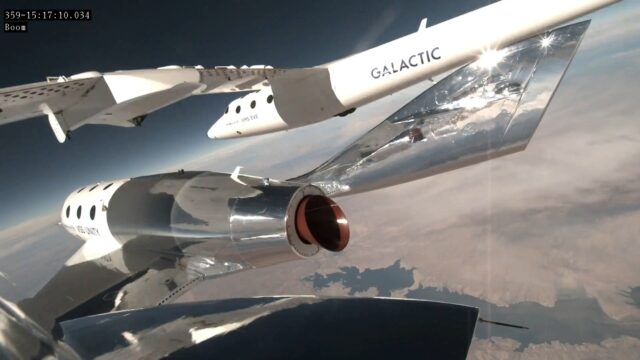The return of speed: Trump repeals ban on supersonic flight

June 9, 2025

The US administration has made a significant move to lift a decades-old ban on breaking the sound barrier over US soil.
On Friday 6 June President Trump issued and signed an executive order directing the Federal Aviation Administration (FAA) to clear the path for civilian supersonic flight over land.
The White House has described the order as one that ended “decades of stifling regulations” that had “grounded efforts” to re-establish supersonic air travel.
Why were supersonic flights banned?
Dating back to the early 1970s the ban on supersonic flight was imposed largely due to concerns over sonic booms – the noise created when an aircraft breaks the sound barrier.
These booms caused disturbance to communities and raised concerns around noise pollution, public safety and environmental impact.
Subsequently, while Concorde was able to fly at supersonic speeds over oceans, it was restricted to subsonic speeds (Mach 1) over land.
What’s changed with supersonic flight rules?
The order from the US administration directs the FAA to establish an interim noise-based certification standard and repeal other regulations that hinder supersonic flight and instructs the FAA to establish a standard for supersonic aircraft noise certification.
In doing so, it also ushers in a new chapter in aerospace innovation in the US, reaffirming its position as a global aviation leader.
 Two US-based organisations – NASA and Boom Supersonic – are already developing quiet “low-boom” supersonic technologies.
Two US-based organisations – NASA and Boom Supersonic – are already developing quiet “low-boom” supersonic technologies.
Boom Supersonic’s flagship innovation, Boomless Cruise, uses a principle known as Mach cutoff. By flying at altitudes (above ~30,000 ft) and controlling speeds around Mach 1.1-1.2, shockwaves are refracted upward at a steep angle and never reach the ground.
Boom’s technology was validated during tests with their XB-1 demonstrator in January 2025, when it broke the sound barrier six times without creating an audible sonic boom at ground level.
The intention now is to scale its innovation with Overture (Boom’s supersonic passenger airliner) – which aims to fly at Mach 1.7 and carry up to 88 passengers.
 Meanwhile, NASA has collaborated with Lockheed Martin for its Quesst mission, featuring the X-59 research aircraft. The single-pilot experimental jet will demonstrate technology to fly faster than the speed of sound, without generating loud sonic booms.
Meanwhile, NASA has collaborated with Lockheed Martin for its Quesst mission, featuring the X-59 research aircraft. The single-pilot experimental jet will demonstrate technology to fly faster than the speed of sound, without generating loud sonic booms.
Both Boom Supersonic and NASA have been vocal in their support for the repeal of the US ban on supersonic flight.
What does the executive order mean for the future of supersonic flight?
The FAA had already issued a new rule to clarify testing procedures for supersonic aircraft in 2020. In 2021 the regulator introduced noise certification standards specifically for supersonic jets to encourage innovation while adhering to environmental and safety standards.
The executive order issued by Trump on Friday comes after a bipartisan group of leaders in the House and Senate introduced the Supersonic Aviation Modernization Act on 14 May. Crucially, it allows the US to retain its competitive edge in the race for supersonic flight.
 The US currently has the only flying civil supersonic aircraft with Boom Supersonic’s XB-1.
The US currently has the only flying civil supersonic aircraft with Boom Supersonic’s XB-1.
Welcoming the lifting of the US ban, Blake Scholl, founder and CEO of Boom Supersonic, said:
“Legalising supersonic flight makes a renaissance in supersonic passenger travel inevitable. We’re grateful to President Trump for his leadership – this important step allows us to accelerate development of our Overture supersonic airliner.”
China is already producing clones of Western-made airliners and recently announced plans for its own supersonic passenger aircraft.
When will supersonic passenger flights happen?
Despite the optimism with the lifting of the US restrictions on supersonic travel, there are still hurdles to be overcome.
High ticket prices will restrict some passengers from flying supersonic. Estimates suggest fares will be around $5,000 round trip for transatlantic flights.
Environmental concerns remain a key challenge, particularly around carbon emissions and fuel consumption. These are significantly higher per passenger than subsonic aircraft, especially at high speeds and altitudes.

Photo: Boom
While supersonic travel will cut flying times nearly in half compared to modern aircraft, environmental groups have argued that supersonic travel contradicts global climate goals unless emissions are drastically reduced.
There is also the issue of infrastructure upgrades that will be required by airports to accommodate these new aircraft, such as longer runways and fuelling requirements. In addition, air traffic controllers and pilots will need additional training to work with supersonic flights.
What’s next for supersonic flight?
The FAA now faces the task of creating updated noise and emissions standards for supersonic flight. The regulatory framework will need to balance economic feasibility with technology capabilities, community and environmental considerations.
The repealing of the ban will potentially boost private investment, airline interest and R&D in next-generational aviation in the US.
Supersonic flight hasn’t happened since Concorde was retired in 2003. This latest move will push the industry closer to relaunching supersonic flights.
